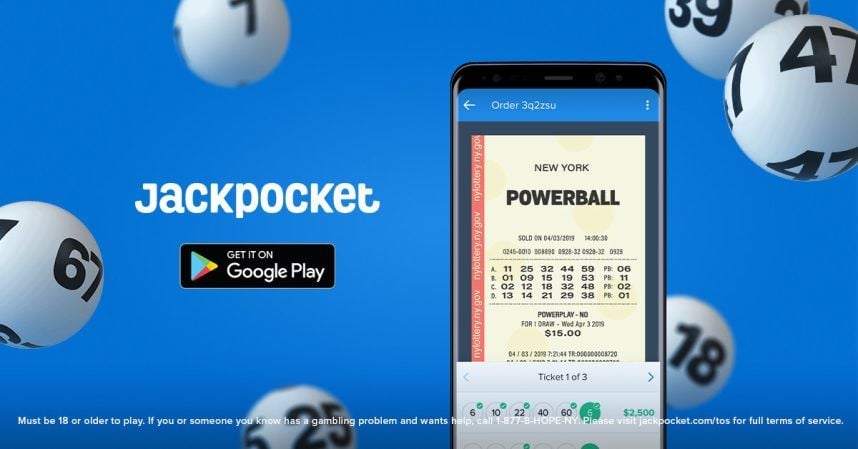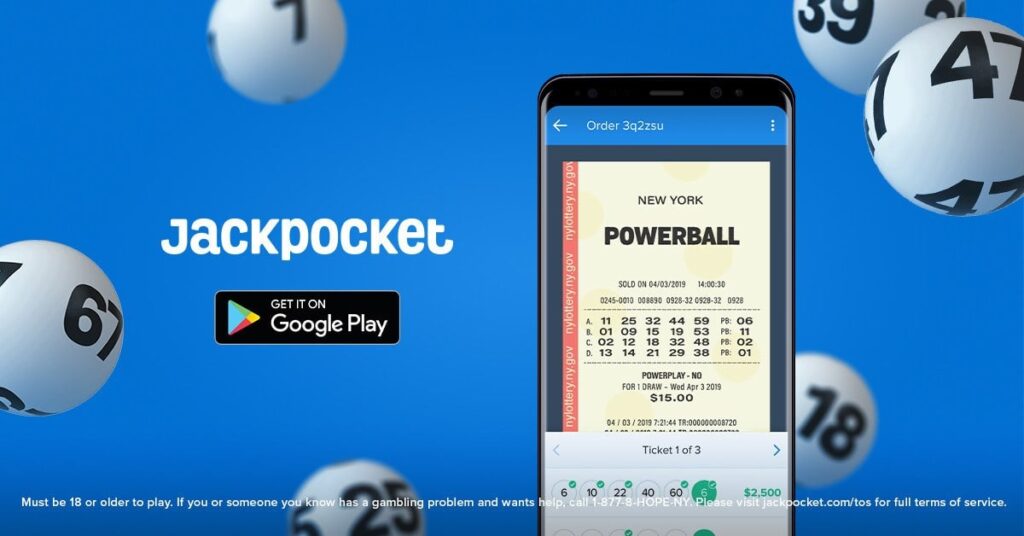Posted on: February 20, 2024, 11:25h.
Last updated on: February 20, 2024, 11:42h.
Last week, DraftKings (NASDAQ: DKNG) delivered disappointing fourth-quarter results while lifting 2024 revenue and earnings before interest, taxes, depreciation, and amortization (EBITDA) forecasts. Analysts, however, largely focused on the announced acquisition of online lottery provider Jackpocket.

DraftKings said it’s paying $750 million in cash and stock for the privately held company. The transaction, which is scheduled to close in the second half of 2024, has been broadly lauded by analysts. That despite some concerns DraftKings is overpaying a bit. In a new report to clients, Stifel analyst Jeffrey Stantial said the Jackpocket buy could drive DraftKings customer acquisition costs (CAC) down. But there are complexities.
Strategically, Jackpocket provides DraftKings a unique, wide reach, low-CAC user acquisition channel to cross-sell into OSB/iCasino, though also adding complexity to an already compelling story,” wrote Stantial.
Stantial lifted his price target on DraftKings to $50 from $45. Since last Friday, approximately 15 analysts, including Stantial, boosted price targets on the stock, with all but Brandt Montour of Barclays going above $50. Coming into Tuesday, the consensus price target on DraftKings was $45.70, though it’s likely higher now. The shares traded at $41.60 at this writing.
DraftKings, Jackpocket Have Some Ties
Before the acquisition announcement, DraftKings and New York-based Jackpocket held some interesting ties. Former DraftKings board member Gavin Issacs serves as a senior advisor to the lottery company, and Raine Group Capital is a Jackpocket investor. That venture capital firm was also an early DraftKings shareholder.
Jackpocket’s business model is easy to understand. The company’s mobile application allows users to purchase lottery tickets offered by 16 states, as well as Puerto Rico and Washington, D.C. Where applicable, Mega Millions and Powerball tickets are also available for purchase on the app.
In New Jersey and New York, Jackpocket is an officially licensed courier of those states’ lotteries. That model is prohibited in Indiana, Virginia, and Wisconsin. But even with that, there’s opportunity for the company to significantly add to its current coverage of 35% of the US population, potentially following a blueprint similar to the one DraftKings followed.
Still, for DraftKings, the deal is driven by the potential for efficient, low customer acquisition costs.
“All-told, we think revenue/EBITDA contribution targets actually appear quite reasonable, based on various metrics cited. Though investors will likely want to see more tangible data points on cross-sell rates before fully buying into the deal – especially as expansion outside of OSB/iCasino adds complexity to an already compelling growth outlook,” adds Stantial.
Lottery Exposure Could Be Smart
Focusing strictly on Jackpocket’s lottery exposure, there’s potential risk and reward in the deal for DraftKings. The risk — a documented one at that — is that lottery businesses under conglomerate control, which Jackpocket will be with DraftKings, are often underappreciated by investors.
On the more positive side of the ledger, lottery segments are often highly profitable, generate large amounts of cash, and bettors’ enthusiasm for the games remains robust. Speaking of cash, it’s possible DraftKings will return some to investors at some point. But it probably won’t be in the form of a quarterly dividend.
“We see buybacks as the more likely return of capital mechanism vs. a recurring dividend, though we do see potential for a one-time special dividend,” added Stantial.



